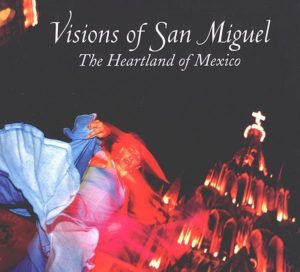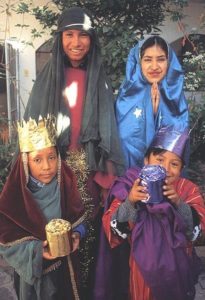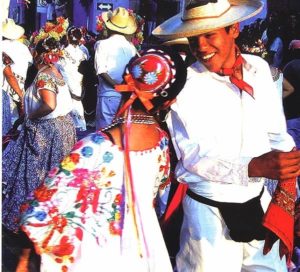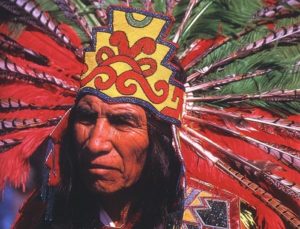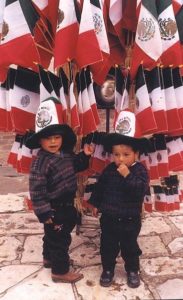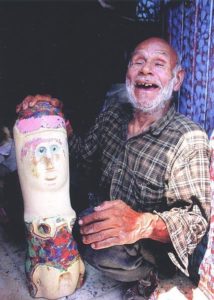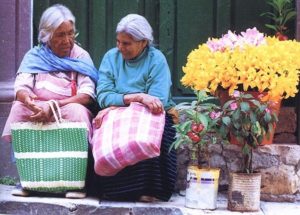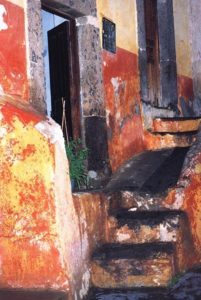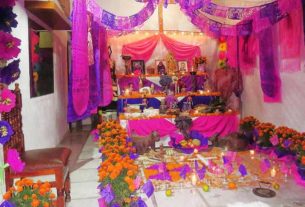San Miguel de Allende — Cradle of Mexican Independence
Yesterday. . .
Founded in 1542 by Fray Juan de San Miguel, a Franciscan monk, San Miguel de Allende retains a rich colonial charm with its cobblestone streets and beautiful Spanish colonial mansions, many of which have been restored to their former splendor. It’s a protected national monument; all new construction must conform to the colonial archictecture.
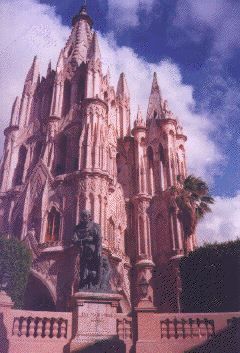
To put things into historical perspective, in the 1770s, when Pittsburgh, Pennsylvania was little more than a frontier outpost with twenty log cabins, San Miguel de Allende already had a population of over 30,000, fattened by the rich gold and silver trade. Not even Boston with 16,000 or New York City and its 25,000 were as big. In the United States only Philadelphia of the time rivaled San Miguel de Allende in size. Today, San Miguel has some 80,000 inhabitants while those other cities have… well, grown a bit larger.
The thing most people notice first in San Miguel is The Parroquia (right), the pseudogothic church in the heart of San Miguel de Allende.
Legend has it that the architect of the facade (added in 1888) of the church had never seen a gothic church and had to take his ideas from picture postcards of the gothic cathedrals of Europe. Apparently not much of a draftsman, he drew pictures of his concept in the dirt in front of the church to show his workmen what he envisioned.
In the tombs beneath the main altar of the church are the remains of former bishops of the church and many dignitaries who once lived in San Miguel, including a former President of the Republic of Mexico. The tombs are open to the public just one day of the year, November 2, Día de los Muertos – The Day of the Dead.
Today. . .
San Miguel de Allende is a Mecca for the arts, with two major art institutes, numerous galleries and too many artists-in-residence to count. Attracted by this atmosphere, there’s a sizable foreign community, lending a cosmopolitan flavor to its activities.
Despite all that, it’s still quiet and tranquil. Try to imagine a town of 80,000 without one single traffic light. Got the picture? That’s San Miguel!
Plaza Civica
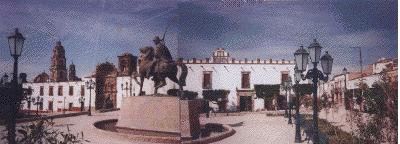
The guy on the horse there in the middle of the plaza is Ignacio Allende (this is San Miguel de Allende, remember?). He looks rather bellicose, but he ended up losing his head – literally; his head, along with those of Padre Hidalgo, Aldama and Jimenez, hung in cages on each the four corners of a building in Guanajuato from about 1811 until 1824 when Mexico finally gained its independence. The white building in the background was a school in the 1700’s and several of the leaders of the insurrection against Spain went to school there (including both Allende and Aldama). The church (seen just in front of the horse) was the chapel for the school at that time; it’s now the Iglesia de Nuestra Señora de la Salud – the Church of Our Lady of Health.
El Oratorio de San Felipe Neri
Right next door to the Plaza Civica is yet another of San Miguel’s many interesting churches, El Oratorio. It’s truly remarkable, primarily for what’s inside – La Santa Casa de Loreto, a chapel with beautifully ornate, gilded walls.
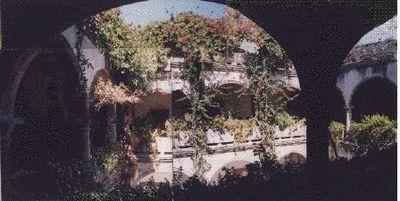
A Mexican casa can best be described as a flower garden surrounded by a house, as is evident in this composite photo of the interior patio of one of the many georgeous colonial homes in the center of San Miguel. This house is located at Calle Reloj #23, a block from the main jardin of San Miguel.
Continue Your Virtual Visit to: Dolores Hidalgo | Guanajuato | Queretaro |

